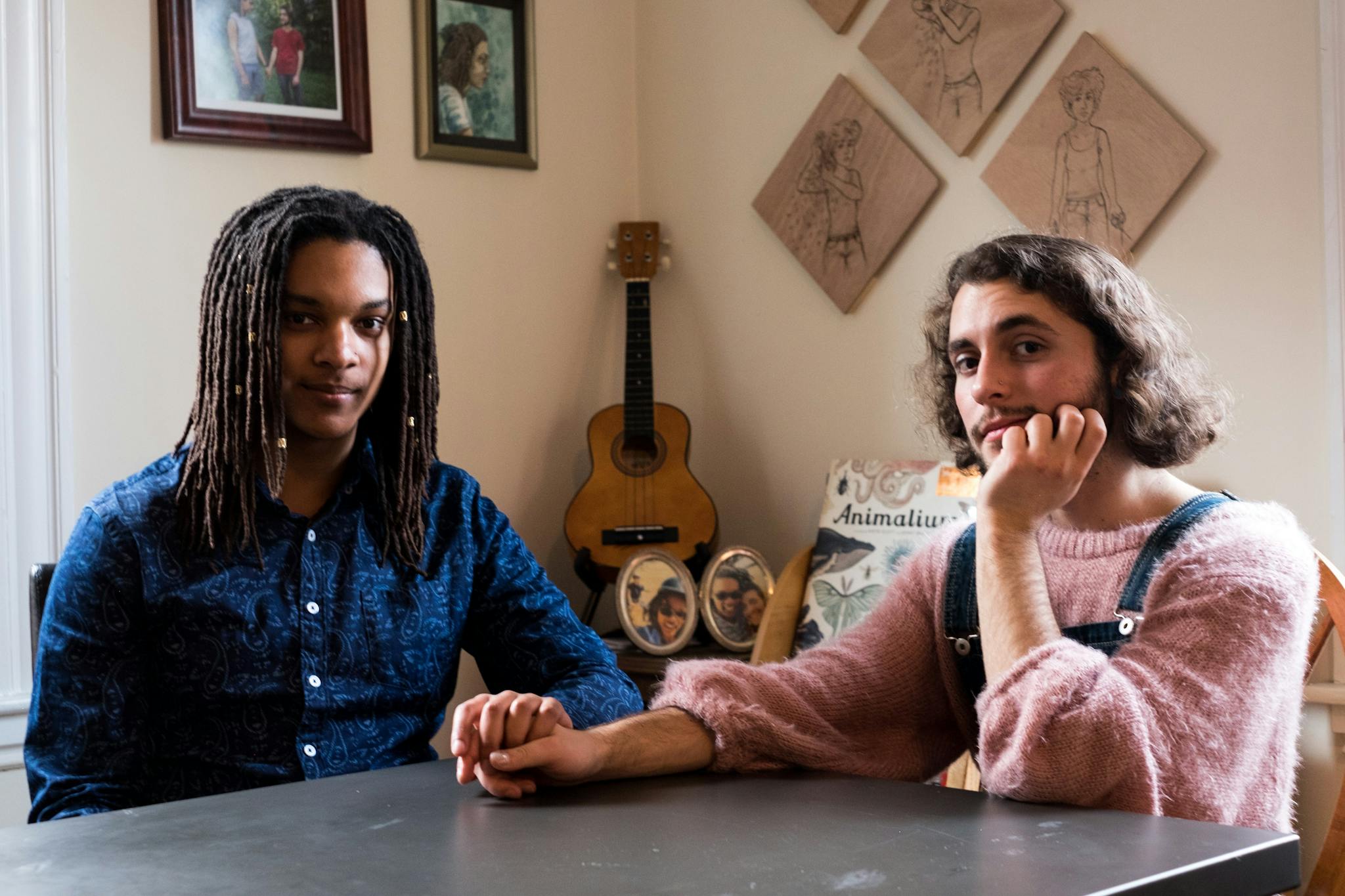This piece is adapted from Boston Art Review Issue 01: Notions of Place, now available in our store.
Boston has a space problem and the emerging artists that call it home are here to talk about it. In the intellectual Athens of America, our world-class art, historical, and educational institutions comprise a narrative of art spaces that is out of sync with the reality of artists living and working in Boston. Host to major art institutions, artist studios, galleries, and DIY spaces at an impressive concentration given its small size, Boston should enable artists of all backgrounds and disciplines to exhibit their art without issue. However, emerging artists—particularly those who identify as people of color and/or LGBTQIA+—for far too long have been denied access to these prescribed ‘art’ spaces.
Off the bat, the prominent art institutions that are synonymous with Boston’s art world such as the Museum of Fine Arts, the Institute of Contemporary Art, and the Isabella Stewart Gardner Museum were not founded to support emerging artists. “They’re set up to display precious objects in art history made by people who have been dead for a long time,” artist Noah Grigni opined in a conversation with BAR, “and occasionally to display work by contemporary artists who are already famous and successful.” His opinions aren’t just conjecture, though. While interning at the MFA in the summer of 2017, Grigni asked the museum’s Director, Matthew Teitelbaum, why the institution didn’t do more to support local artists in Boston. “He responded that it just wasn’t their mission,” Grigni explained.
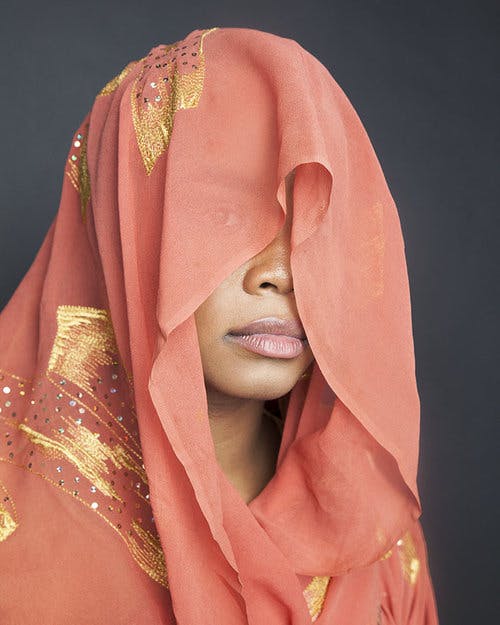
Olivia Grim, Untitled, 2016. Photo courtesy of Aviary Gallery and the artist.
These private institutions do have the ultimate curatorial say as to the art that makes it onto—or is omitted from—their white walls. However, closing museum doors to emerging artists inhibits the ability of Boston-based artists to gain exposure and expand their careers in the art world. Furthermore, the financial oligopoly these institutions maintain in Boston’s art scene makes it challenging for smaller galleries to stay open, for curators to pay for their smaller shows, and for artists to make a living here. After all, what incentive does the average Bostonian have to see a one-night-only indie art show deep in Southie when they could spend an entire day in one section of the MFA?
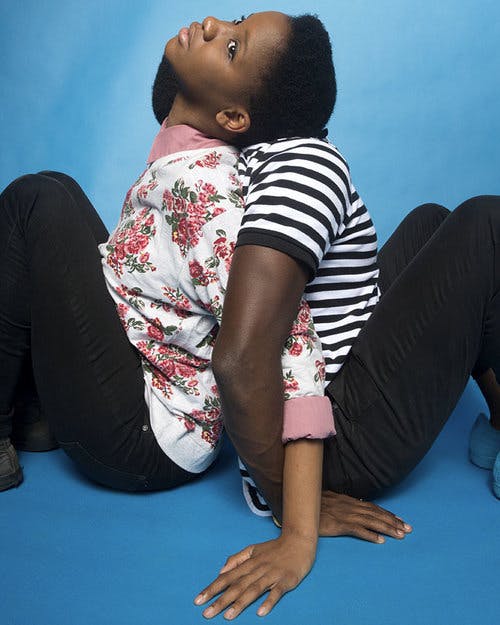
Olivia Grim, Untitled, 2016. Photo courtesy of Aviary Gallery and the artist.
For these artists from marginalized and underrepresented communities, interpretations of their work are impossible to divorce from the viewer’s own prejudices. Even if the viewer’s biases are latent, they are still present—and can manifest in ways as disparate as failing to understand an artist’s work that discusses their identity to unintentionally making artists feel unwelcome.
Artists like Noah Grigni have reacted to these fears of misunderstanding by creating spaces that deliberately seek to include.
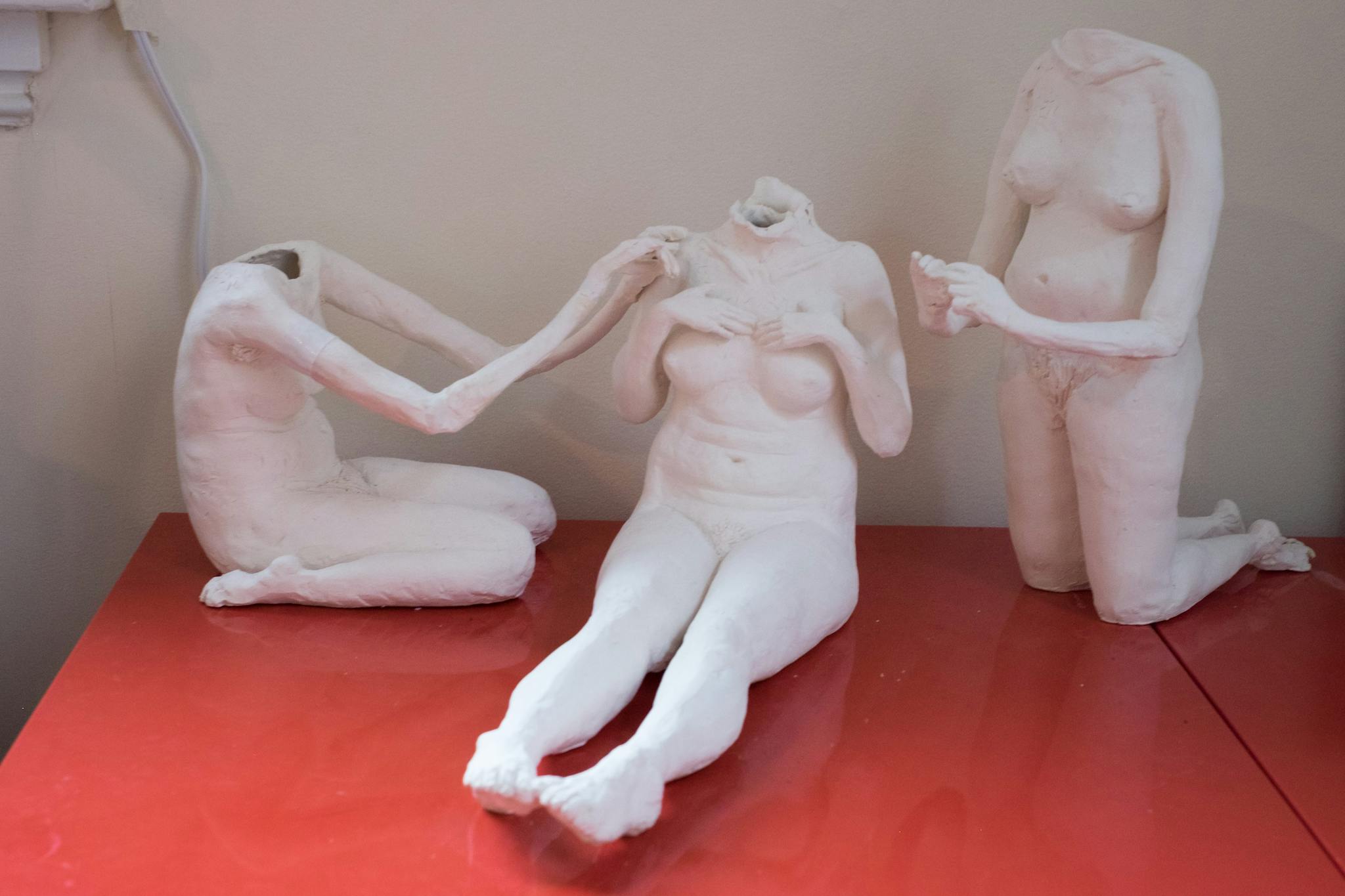
Jory Cherry, Blessing / Picking, 2017. Courtesy of the artist and Noah Grigni.
With SanQtuary, Jae and Grigni sought to create a space for LGBTQIA+ creatives which felt especially pressing in response to their experiences and the current political climate. “[We] started organizing SanQtuary shortly after the [2016] election. We both felt really bitter and hurt that this alt-right government was now in power,” Grigni said. “We wanted to create a healing space specifically by and for LGBTQIA+ creatives, where we could reconnect, celebrate our queerness unapologetically, and lift each other up.” However, it was not just about exhibiting queer artists; Grigni wanted to specifically elevate trans artists, artists of color, and femme artists. He pointed out that these three groups of individuals are not always included, even in queer art spaces. “The groups that have the most power and visibility [within the queer community] tend to be dominated by white, cis, gay males,” Grigni said. “SanQtuary was not only about celebrating our queerness, but also about recognizing that the general queer community does not represent all of us.”
Grigni’s second curated show, “Displaced” at Aviary Gallery, sought not only to raise marginalized voices, but also to enable artists from a myriad of different backgrounds to connect with one another. “‘Displaced’ featured Boston-based artists who had experienced marginalization in different forms and who individually advocated for a wide range of causes, while all using art as a platform for activism in their own communities,” Grigni explained. “It allowed artists from very different backgrounds to meet each other, share resources, and work together for mutual benefit.”

Yo-Ahn Han, In the Studio. Courtesy of the artist.
Grigni’s work provides artists who often feel disenfranchised in Boston’s art scene with a place to connect and grow with one another. “Any minority group deserves a space where there’s nothing but affirmation from similarly identified folks who understand you through their own experience,” says Boston-based artist Kuresse Bolds. However, Grigni is still forced to operate within the constraints of Boston’s art world. “I have consistently faced challenges with funding,” he explained. “Both ‘SanQtuary’ and ‘Displaced’ [had] no budget to compensate artists or buy supplies for the event [because] the organizations and galleries involved were underfunded. They had no money to give us even if they wanted to.” The shows’ expenses were paid entirely out-of-pocket by the curators—meaning if the curators did not have access to the money to fund these shows, these important exhibitions never would have happened.
When a lack of arts funding is compounded with soaring rent prices due to gentrification, emerging artists lose access to space, full stop. Space to live, spaces to create, and spaces to show their art—with more and more galleries shuttering their doors—dissipate. Devoid of access to space, artists will be forced out of Boston. And without any artists, Boston’s eclectic and brilliant art scene as we know it will cease to exist. The developments the city is undergoing may benefit some of its most affluent citizens, but certainly not emerging artists and their communities—and developers know that. “The City [of Boston] is literally building us out of existence, out of the City’s future blueprints,” Maisonet says. “But we still here in JP, we still here in Roxbury and Dorchester and Mattapan creating.”
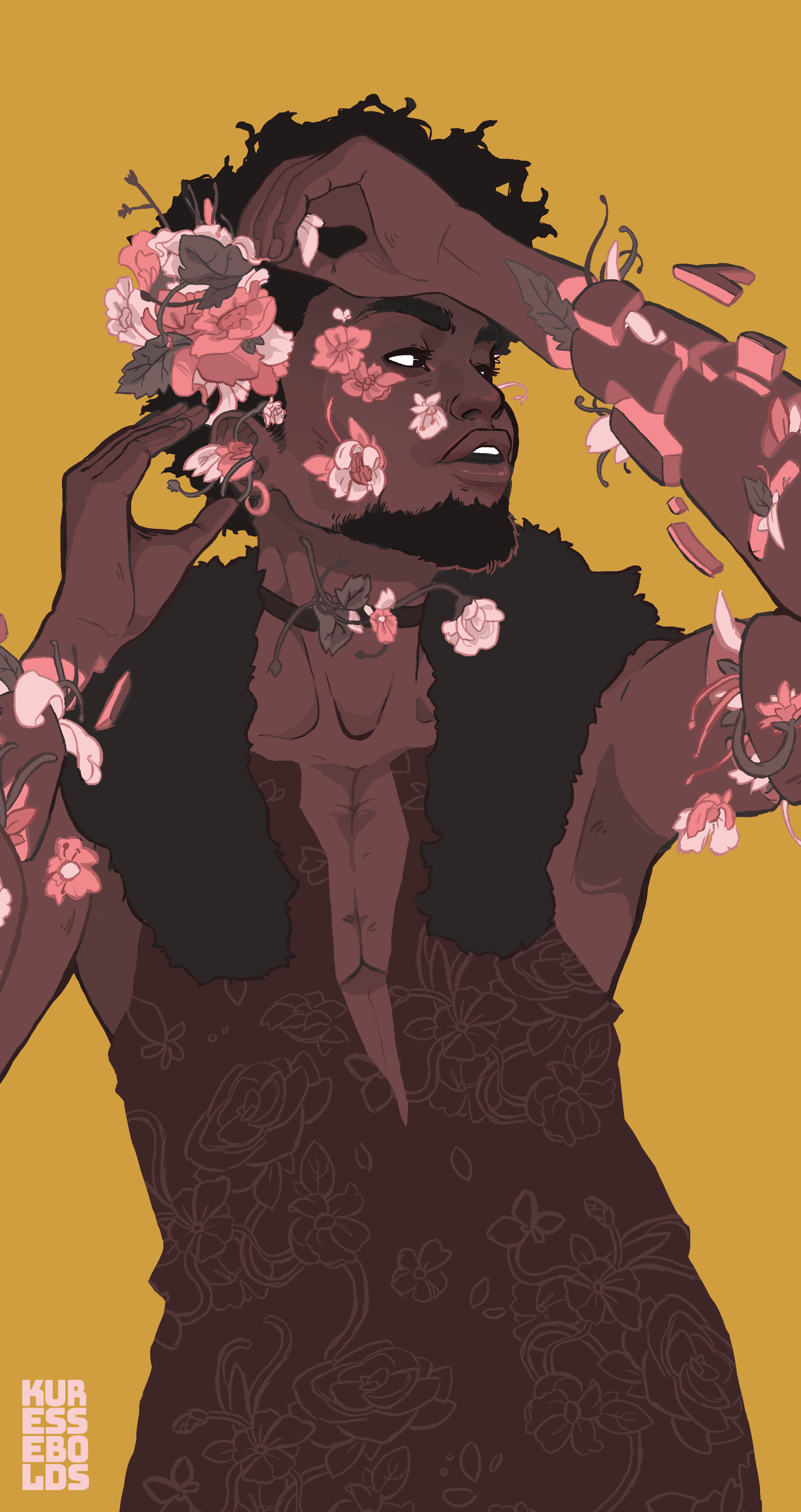
Kuresse Bolds, Black and Fem, 2017. Image courtesy of Aviary Gallery and the artist.
With the end of Boston’s rapid development nowhere in sight and governmental change moving at a snail’s pace, it is on Boston’s citizens to support local artists. Purchase artwork from Boston-based artists you admire. Go to flea markets and DIY events that feature local, emerging artists. Get involved in local arts advocacy organizations. But most of all, go to indie / underground / DIY art shows, especially featuring artists from marginalized groups. At least then, when these artists do have space, it will be full to the brim.
This piece was originally published in Boston Art Review Magazine, Issue 01, Notions of Place. For more stories like this, order your copy online here.
